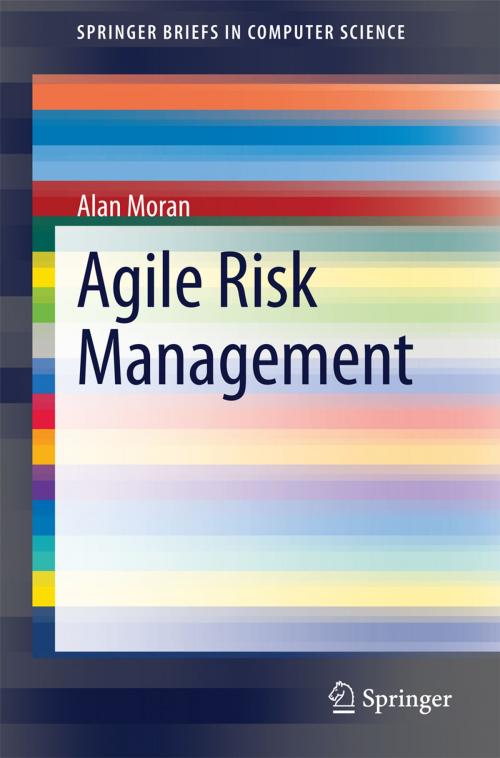Agile Risk Management
Nonfiction, Computers, Programming, Software Development, General Computing, Business & Finance, Management & Leadership, Management| Author: | Alan Moran | ISBN: | 9783319050089 |
| Publisher: | Springer International Publishing | Publication: | March 18, 2014 |
| Imprint: | Springer | Language: | English |
| Author: | Alan Moran |
| ISBN: | 9783319050089 |
| Publisher: | Springer International Publishing |
| Publication: | March 18, 2014 |
| Imprint: | Springer |
| Language: | English |
This work is the definitive guide for IT managers and agile practitioners. It elucidates the principles of agile risk management and how these relate to individual projects. Explained in clear and concise terms, this synthesis of project risk management and agile techniques is illustrated using the major methodologies such as XP, Scrum and DSDM.
Although the agile community frequently cites risk management, research suggests that risk is often narrowly defined and, at best, implicitly treated, which in turn leads to an inability to make informed decisions concerning risk and reward and a poor understanding of when to engage in risk-related activities. Moreover, the absence of reference to enterprise risk management means that project managers are unable to clearly articulate scope or tailor their projects in line with the wider expectations of the organisation. Yet the agile approach, with its rich toolset of techniques, is very well equipped to effectively and efficiently deal with the risks that arise in projects. Alan Moran addresses the above issues by proposing an agile risk-management process derived from classical risk management but adapted to the circumstances of agile projects. Though his main focus is on the software development process, much of what he describes could be applied to other types of IT projects as well.
This book is intended for anyone who is serious about balancing risk and reward in the pursuit of value for their stakeholders, and in particular for those directly involved in agile software development who share a concern for how risk should be managed. Whilst a thorough background in risk management is not presumed, a basic level of familiarity with or exposure to agility is helpful.
This work is the definitive guide for IT managers and agile practitioners. It elucidates the principles of agile risk management and how these relate to individual projects. Explained in clear and concise terms, this synthesis of project risk management and agile techniques is illustrated using the major methodologies such as XP, Scrum and DSDM.
Although the agile community frequently cites risk management, research suggests that risk is often narrowly defined and, at best, implicitly treated, which in turn leads to an inability to make informed decisions concerning risk and reward and a poor understanding of when to engage in risk-related activities. Moreover, the absence of reference to enterprise risk management means that project managers are unable to clearly articulate scope or tailor their projects in line with the wider expectations of the organisation. Yet the agile approach, with its rich toolset of techniques, is very well equipped to effectively and efficiently deal with the risks that arise in projects. Alan Moran addresses the above issues by proposing an agile risk-management process derived from classical risk management but adapted to the circumstances of agile projects. Though his main focus is on the software development process, much of what he describes could be applied to other types of IT projects as well.
This book is intended for anyone who is serious about balancing risk and reward in the pursuit of value for their stakeholders, and in particular for those directly involved in agile software development who share a concern for how risk should be managed. Whilst a thorough background in risk management is not presumed, a basic level of familiarity with or exposure to agility is helpful.















